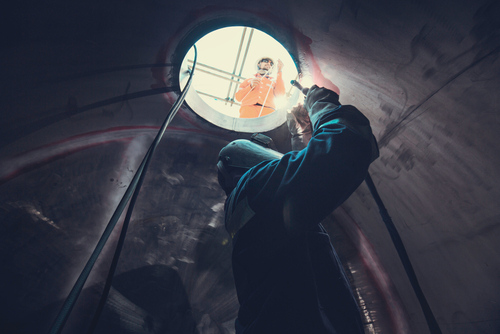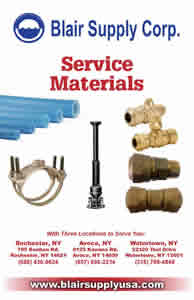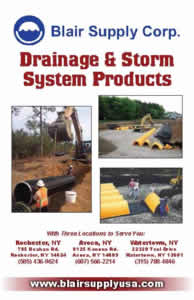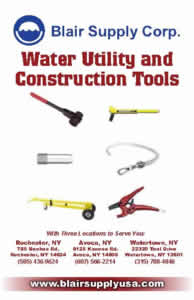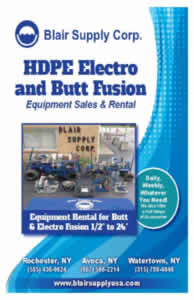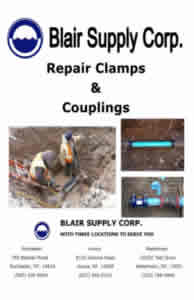Blog
Working With Manholes: Dangers & Safety Concerns
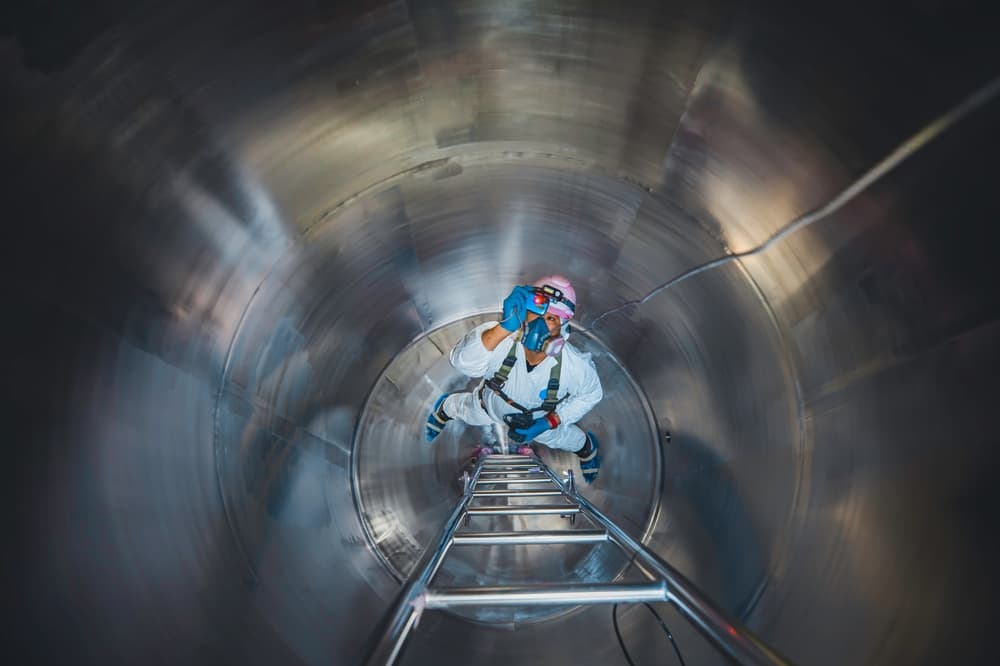
Telecommunication cables, utility lines, sewer networks, and many other parts of modern infrastructure are buried well below ground. Still, while out of sight, these essential systems are definitely not out of mind. To keep providing us with basic life necessities and conveniences we can no longer live without, they require regular inspections and upkeep.
However, for both of those activities to be efficient and effective, utility personnel must have easy access to every part of the system – and that entails the installation and maintenance of a large number of manholes. The problem is that this critical work comes with great risks to the workers involved – even to the point of lethality.
For these reasons, it is crucial to familiarize yourself with the dangers and safety concerns of installation and maintenance well before finding a manhole for sale, as well as the measures that can be taken to mitigate the risks of health hazards for everyone involved in the process.
What is the danger of a manhole?
Contrary to popular belief, the dangers of working with any type of manhole do not begin at the construction site – they begin at the administrative level.
- First, we have inadequate or insufficient training on manhole casting handling, equipment operation, and proper safety protocols (among other things).
- On the same level, we have a poor or, in extreme cases, complete lack of supervision and oversight.
- Finally, there are insufficient or ineffective risk assessment and management protocols, followed by non-compliance with regulatory requirements or industry safety standards.
These three factors combined greatly exacerbate the risks of accidents and hazards – before the work even begins. Once the work does begin, however, we have a completely new collection of risks and dangers, which we can sort into two distinct categories:
- General (construction site) hazards;
- Environmental (underground) hazards;
General hazards
This category includes the dangers associated with construction sites in general, such as:
- Slipping on wet/oily surfaces;
- Tripping over castings, equipment, or debris in the area;
- Accidents resulting from machinery or equipment misuse.
However, there are additional considerations specific to working with manholes, including:
- Sprains/strains or cuts from manual handling of heavy manhole castings;
- Crushing injuries from dropped or falling castings or their components;
- Injuries incurred from falling through uncovered manholes.
While some of these injuries may be minor, others can result in severe injuries or even death.
Environmental hazards
Installing and maintaining manholes involves a good deal of working underground, which comes with its own set of risks and challenges. Among the most dangerous (but, fortunately, not too common) ones are:
- Confined spaces with limited airflow pose two major risk factors. The first is oxygen depletion which can lead to suffocation. The second one is the accumulation of toxic gasses, such as hydrogen sulfide and methane, which are not only toxic when inhaled but can also cause fires and explosions.
- Entrapment and crushing may result from shifting soil, dropped manhole covers, collapsing supporting structures, and a range of other factors. Both can lead to asphyxiation, severe injuries (internal and external), and death in the most extreme cases.
- Electrical and chemical hazards are frequently encountered when working with any type of underground construction and may range from accidentally hitting live power cables to getting in contact with chemical spills and contaminated water, leading to electrocution, chemical burns, and poisoning respectively.
Finally, we must mention another type of hazard that isn’t as dangerous as others on this list but is far more common: ergonomic injuries. Working with/in manholes often entails being in cramped and awkward positions, sometimes for longer periods of time.
This can cause a significant amount of physical pressure, resulting in injuries such as muscle strains, joint pains, and back injuries, all of which can add on over time and lead to chronic problems or more serious conditions if not treated properly and on time.
How can you be safe in a manhole?
While the dangers mentioned above can never be fully eliminated, they can be mitigated quite effectively by:
- Providing personnel with proper and comprehensive training on every aspect of working with manholes and their components.
- Providing continuous and uninterrupted on-site supervision by a trained and experienced overseer or work manager.
- Adhering to the strict safety protocols, including mandatory use of personal protective equipment (PPE), conducting thorough pre-entry checks before going into the manhole, and securing the stability of entry/exit points.
- Ensuring proper ventilation and lighting within the manholes to counter the risks of working in environments with poor air quality and visibility.
Where can I find a high-quality manhole for sale near me?
Blair Supply is a long-term leading distributor of water and wastewater materials in the state of New York and the entirety of the USA. For more than 50 years, we’ve been catering to contractors in different industries, from commercial and industrial to municipal and agricultural.
Today, we stand ready to introduce a higher degree of reliability into your project with cutting-edge materials sourced from some of the nation’s leading manufacturers. Reach out to us today!

